布面丙烯
250 x 180 cm
摄影:王闻龙
崔洁(b. 1983,上海)现工作和生活于上海。现代化、城市景观的发展和当代建筑统一且乏味的风格一直是崔洁城市系列绘画所讨论的核心主题。在崔洁的笔下,过去和现在的景象联结、交织,转化为她对过去的怀念和对未来景观那看似乌托邦式的展望与探索,从而在某种程度上引发观众的群体怀念。
她的作品曾被Phaidon出版社出版的《维他命P3》收录;也被巴黎蓬皮杜艺术中心、纽约现代艺术博物馆、芝加哥艺术博物馆、阿斯楚普费恩利(Astrup Fearnley)现代艺术博物馆、鲁贝尔艺术基金会、Kistefos美术馆、香港M+收藏等机构收藏。
部分个展与双人展:“礼物”,西岸美术馆与蓬皮杜中心五年展陈合作项目,西岸美术馆,上海,中国(2023);“高温景观”,柯芮斯画廊,伦敦,英国(2023);“模范新村”,焦点画廊,埃塞克斯,英国(2022);“从亭到太空站”,曼彻斯特华人艺术中心,曼彻斯特,英国(2019);“凌霄阁”,柯芮斯画廊,伦敦,英国(2019);“造⼀把好椅子”,天线空间,上海(2019);“偌大空间”(与李杰),OCAT,深圳(2018);“后来,从前”,Mother’s Tankstation,都柏林,爱尔兰(2016);“新旧都市方案”,Leo Xu Projects,上海(2014)等。
部分群展:“建造上海:1949年以来的建筑、城市与文化”,西岸美术馆,上海,中国(2025);“Postcards From the Future”,PoMo博物馆,特隆赫姆,挪威(2025);“no man’s land”, Som Gallery, 日本橋馬喰町, 日本 (2025); “从前:中国当代艺术馆藏系列展”,上海当代艺术博物馆,上海,中国 (2025);“目 China: A new generation of artists”,蓬皮杜艺术中心,巴黎,法国(2024);“共贯与多元:当代绘画艺术新样态”,中国美术馆,北京(2024);“上海双年展:宇宙电影”,由安东·维多克带领的团队策展,上海当代艺术博物馆,上海,中国(2023);“米修米修 收到信号了吗?”,由岳鸿飞策展,天线空间,上海,中国(2023);“美丽新世界:面向21世纪的16位画家”,视觉艺术博物馆(Museum de Fundatie),兹沃勒,荷兰(2023);“坚决复习非生产性建筑的标准(上辑:固态磨具)”,长征空间,北京(2022);“共同的现场——UCCA15周年理事收藏展”,UCCA,北京(2022)“溢流地”,Para Site,香港(2021);“金木水火土”,佩斯画廊,旧金山,美国(2021);“L’Invitation au voyage”,Esther Schipper,柏林,德国(2021);“2021年台北双年展巡回展:你我不住在同一星球上”,蓬皮杜艺术中心-梅茨馆,梅斯,法国(2021);“第12届台北双年展:你我不住在同一星球上”,台北市立美术馆,台北(2020)“第一届X美术馆三年展:终端>_?”,X美术馆,北京(2020);“中国非洲”,蓬皮杜艺术中心,巴黎,法国(2020);“未完成”,四方当代美术馆,南京(2019);“幽灵维面——电驭叛客在未来之年”,大馆当代美术馆,香港(2019);“百物曲”,Para Site X 外滩美术馆,上海(2019);“‘全球都市’国际艺术双年展”,蓬皮杜艺术中心X毛继鸿艺术基金会,成都(2018);“长征计划:违章建筑三——特区”,广东时代美术馆,广州(2018);“贝尔格莱德57届十月沙龙”,贝尔格莱德,塞尔维亚(2018);“前沿国际:克利夫兰当代艺术三年展”,克利夫兰,美国(2018);“过去的肌理”,现代艺术博物馆MoMA PS1艺术中心,纽约,美国(2017)等。
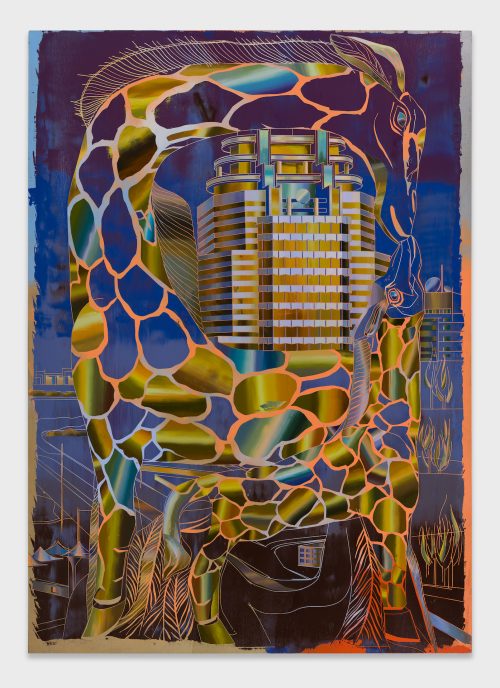
布面丙烯
250 x 180 cm
摄影:王闻龙
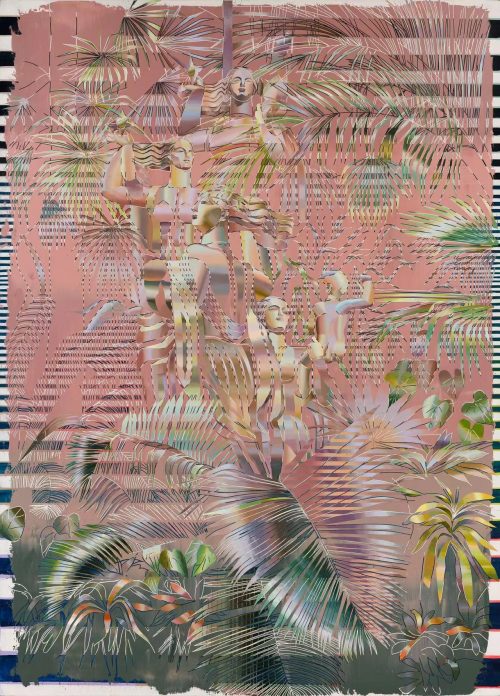
Acrylic on canvas
布面丙烯
250 x 180 cm

布面丙烯
160 x 150 cm
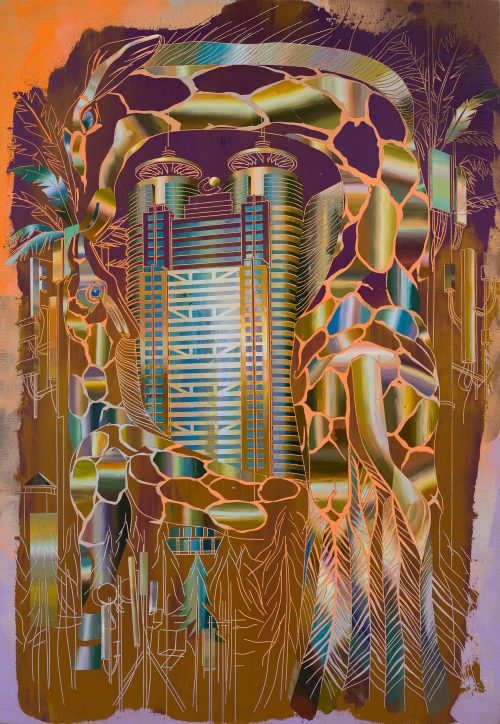
Acrylic on canvas
布面丙烯
160 x 110 cm

布面丙烯
250 x 180 cm
摄影:王闻龙

布面丙烯
摄影:王闻龙
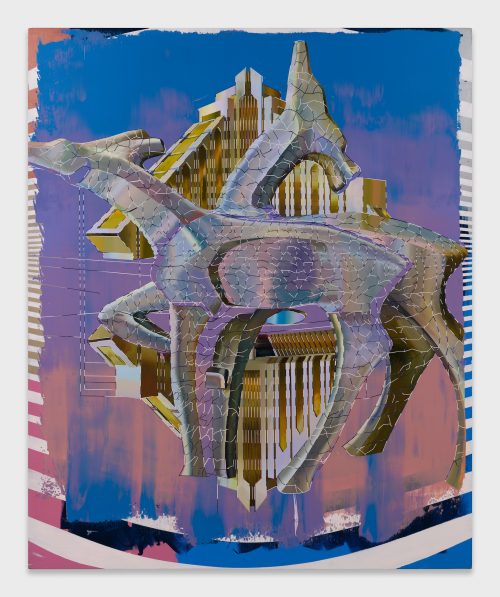
布面丙烯
220 x 180 cm
摄影:王闻龙
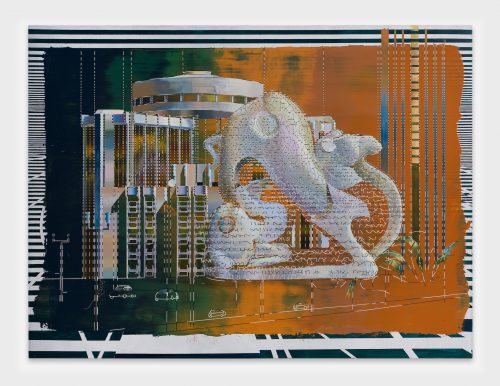
布面丙烯
摄影:王闻龙
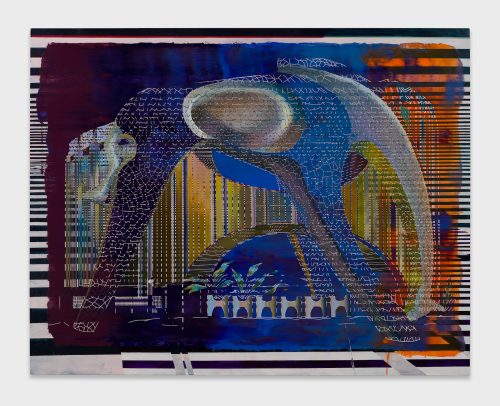
布面丙烯
180 x 220 cm
摄影:王闻龙
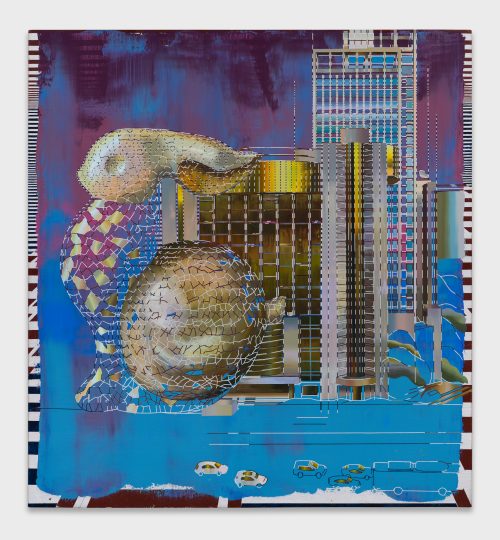
布面丙烯
160 x 150 cm
摄影:王闻龙

布面丙烯
250 x 180 cm
摄影:王闻龙
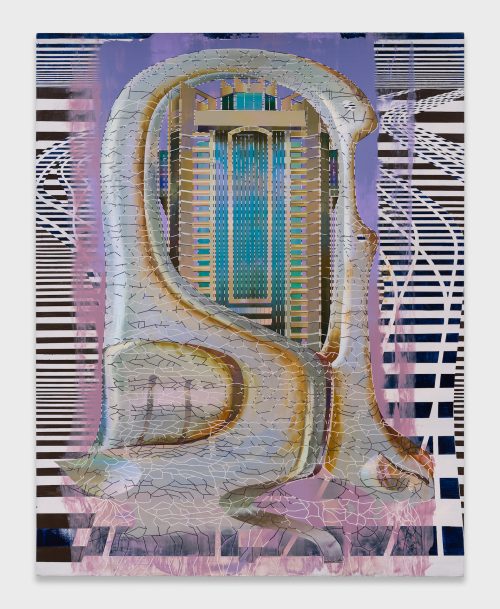
布面丙烯
200 x 150 cm
摄影:王闻龙

布面丙烯
200 × 160 cm

布面丙烯
200 × 150 cm
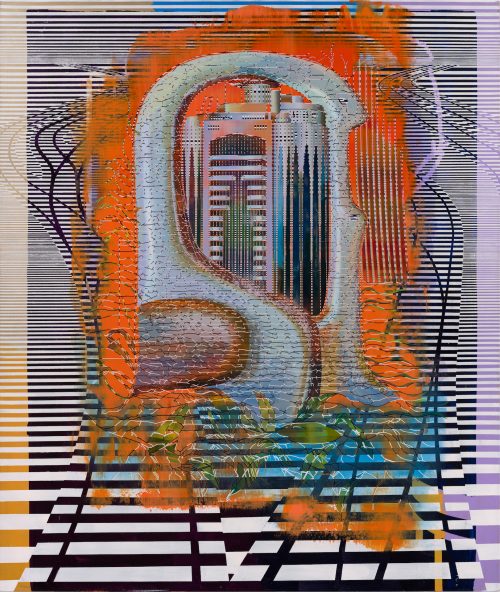
布面丙烯
摄影:王闻龙

布面丙烯
250 × 180 cm
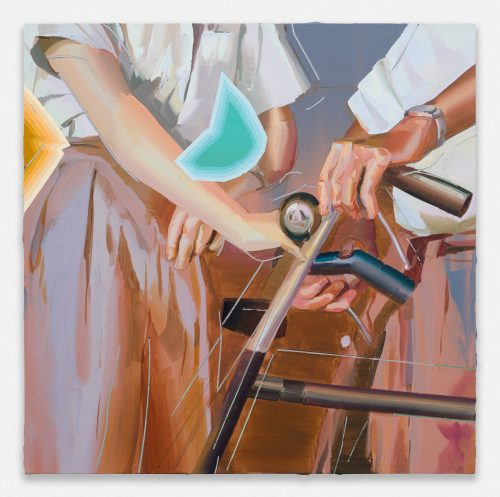
布面丙烯
70 x 70 cm

布面丙烯
60 x 40 cm

布面丙烯
60 x 40 cm
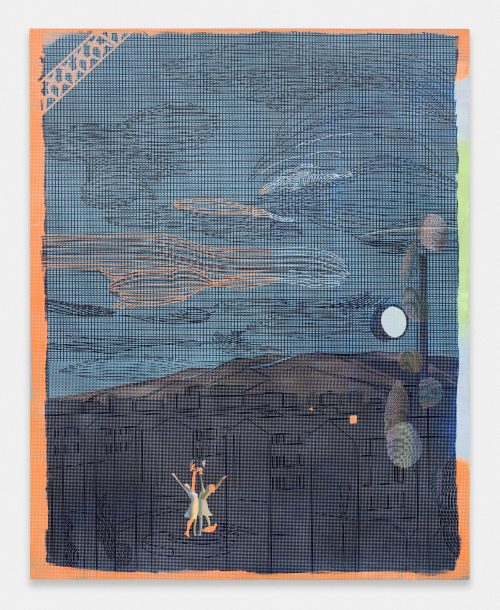
布面丙烯和喷漆
200 x 160 cm
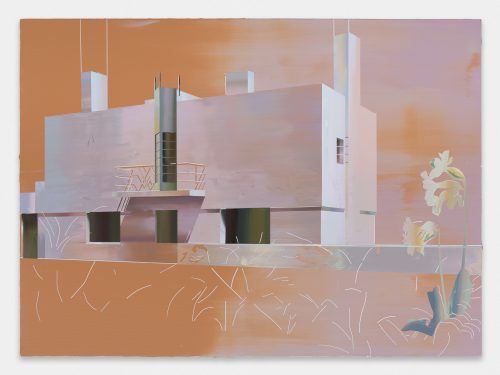
布面丙烯
110 x 150 cm
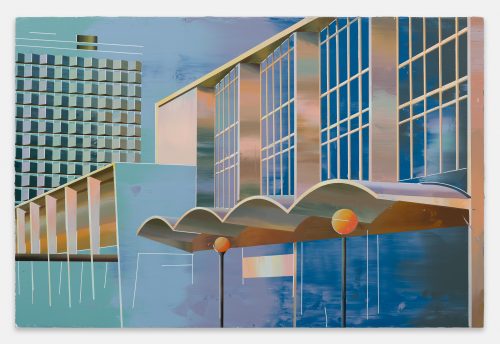
布面丙烯
100 x 150 cm

布面丙烯和喷漆
200 x 200 cm
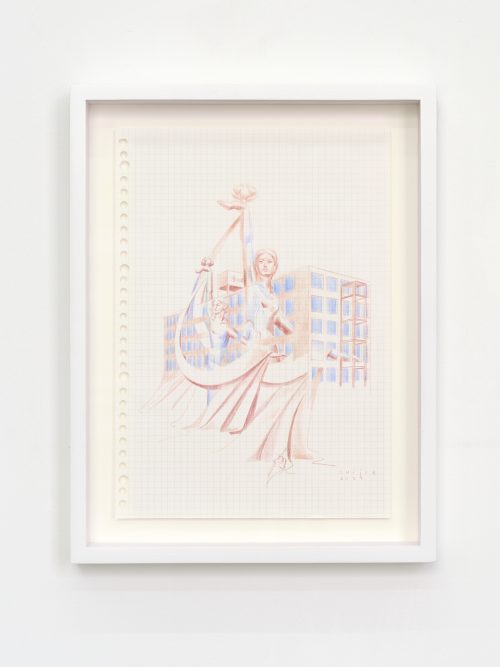
纸本彩铅
29.6 x 21 cm;36 x 28 cm(带框)
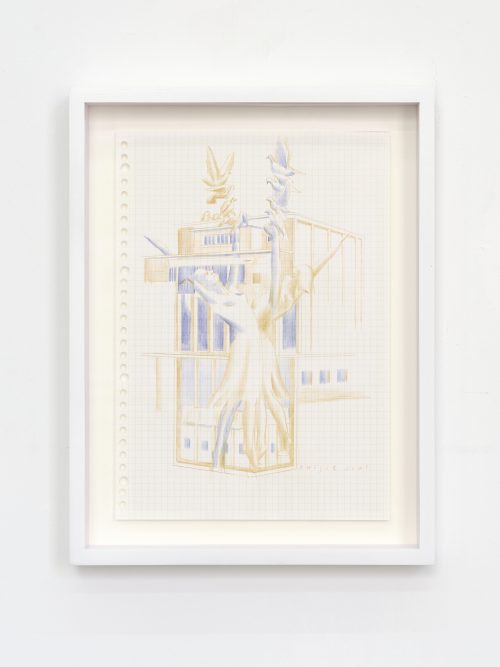
纸本彩铅
29.6 x 21 cm;36 x 28 cm(带框)
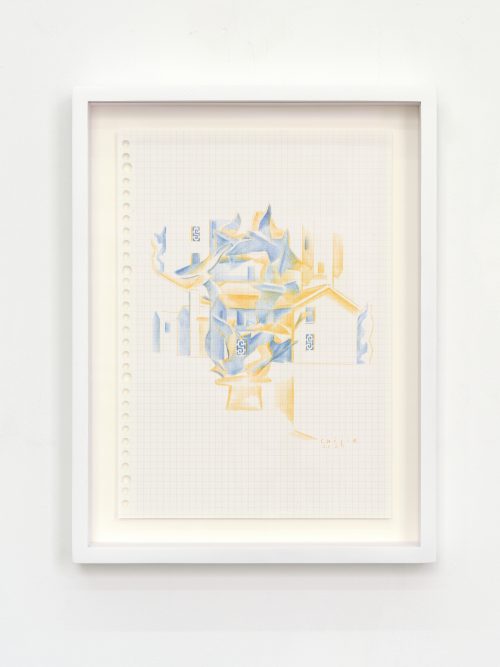
纸本彩铅
29.6 x 21 cm;36 x 28 cm(带框)

纸上彩铅
29.6 x 21 cm
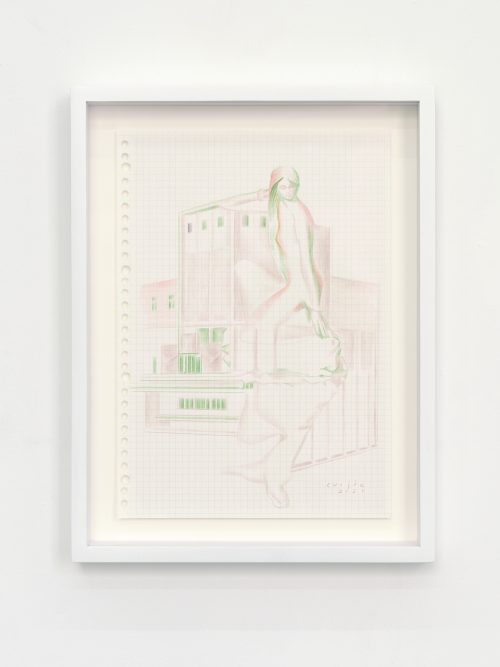
纸本彩铅
29.6 x 21 cm;36 x 28 cm(带框)
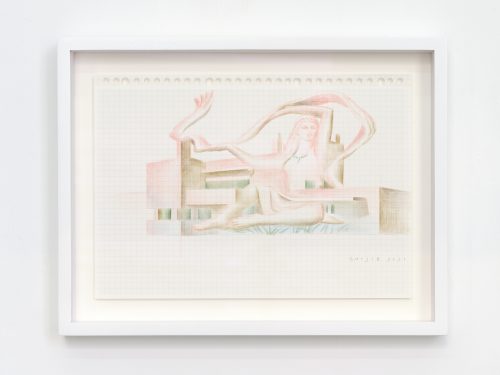
纸本彩铅
29.6 x 21 cm;36 x 28 cm(带框)
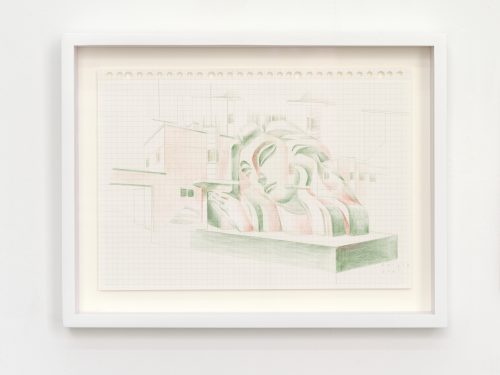
纸本彩铅
29.6 x 21 cm;36 x 28 cm(带框)

纸上彩铅
29.6 x 21 cm

纸上彩铅
21 x 29.6 cm
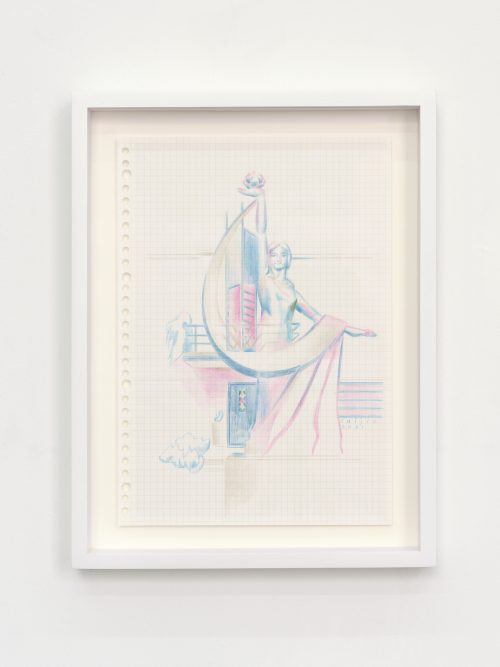
纸本彩铅
29.6 x 21 cm;36 x 28 cm(带框)
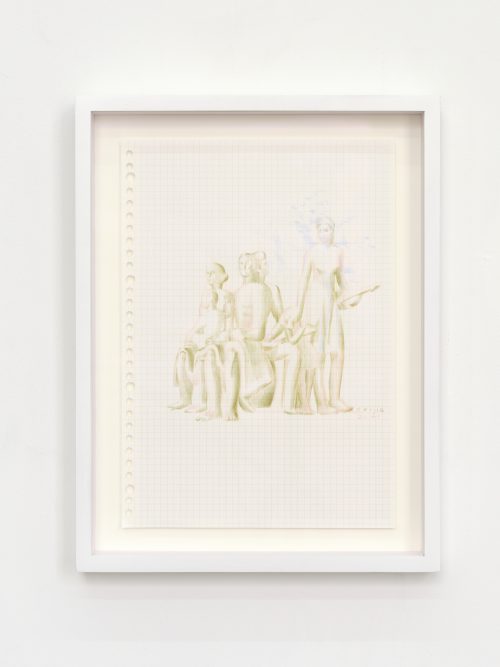
纸本彩铅
29.6 x 21 cm;36 x 28 cm(带框)

Acrylic on canvas
布面丙烯
200 x 180 cm
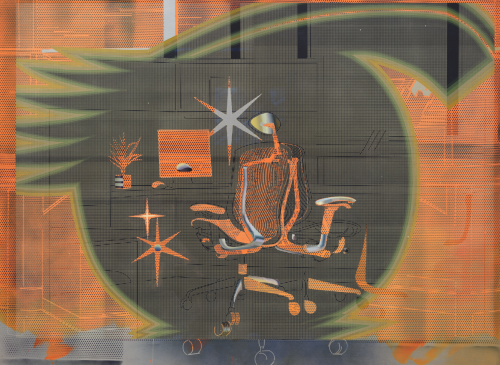
布面丙烯喷绘
250 x 180 cm
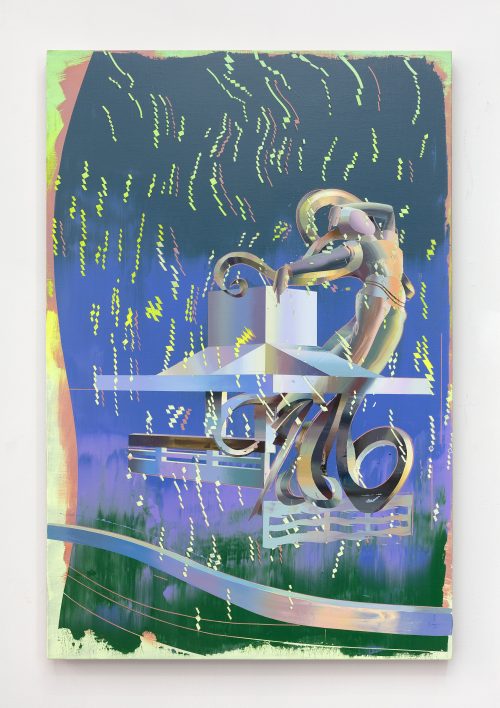
布面丙烯
150 × 100 cm
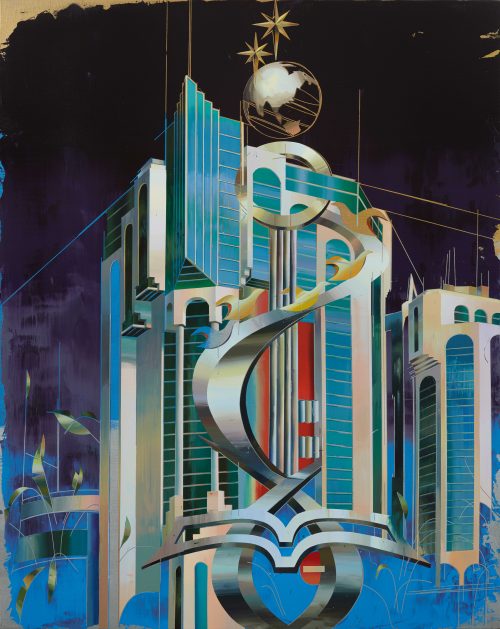
布面丙烯
200 x 160 cm

布面丙烯和喷漆
180 × 220 cm
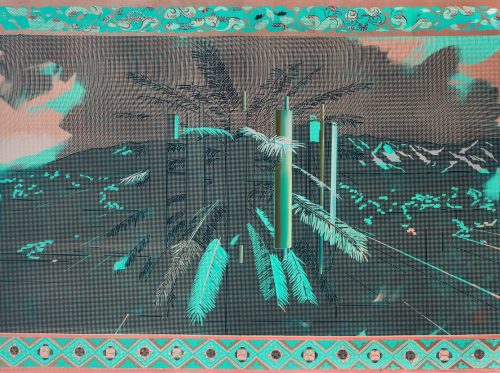
布面丙烯 喷绘
150 x 200 cm

布面丙烯 喷绘
200 x 150 cm
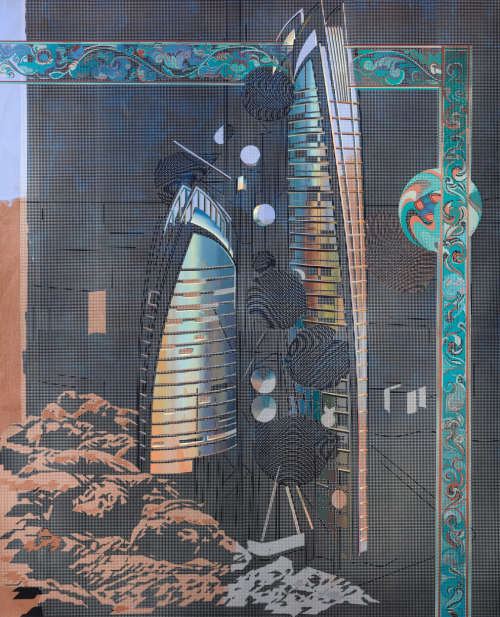
布面丙烯 喷绘
220 x 180 cm
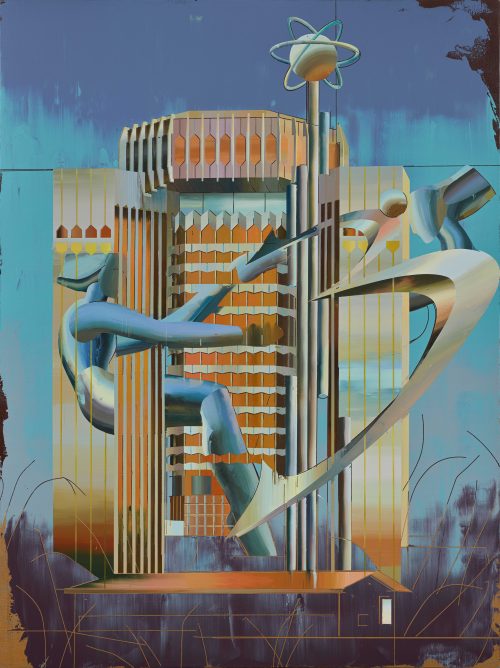
布面丙烯
200 x 150 cm
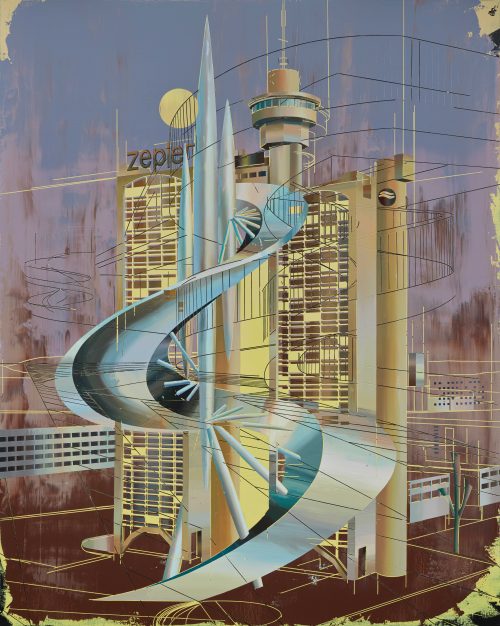
布面丙烯
200 x 160 cm

布面丙烯
200 x 160 cm
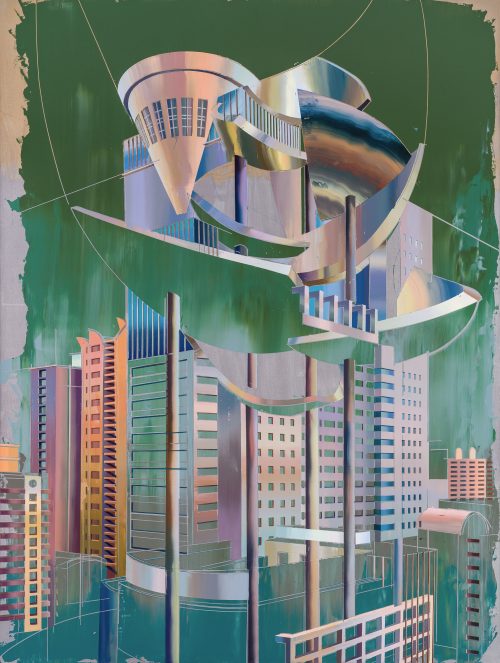
布面丙烯
200 x 150 cm

Acrylic on canvas
布面丙烯
250 x 180 cm

布面丙烯
180 x 250 cm
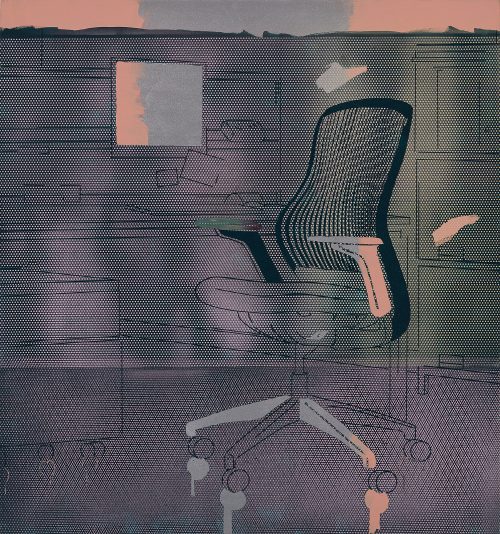
布面丙烯
160 x 150 cm

布面丙烯 喷绘
220 x 180 cm

布面丙烯 喷绘
220 x 180cm

布面丙烯 喷绘
180 x 250cm

布面丙烯 喷绘
180 x 250 cm
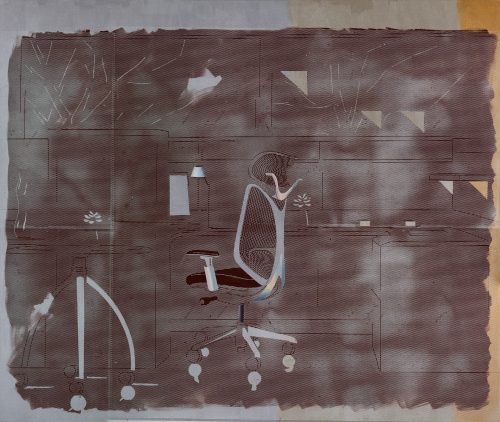
布面丙烯 喷绘
210 x 250 cm
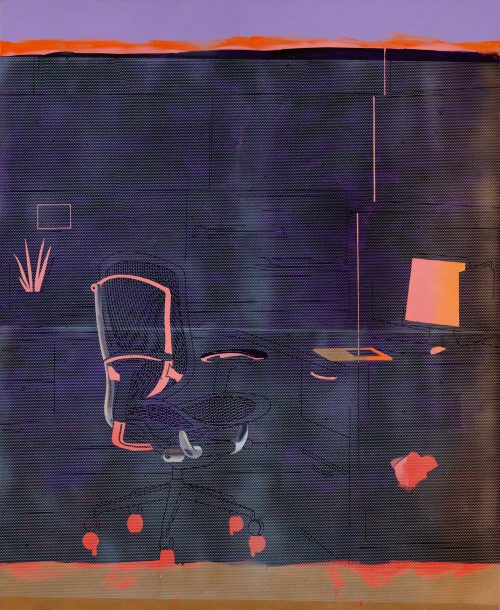
布面丙烯 喷绘
220 x 180 cm

布面丙烯 喷绘
200 x 160 cm
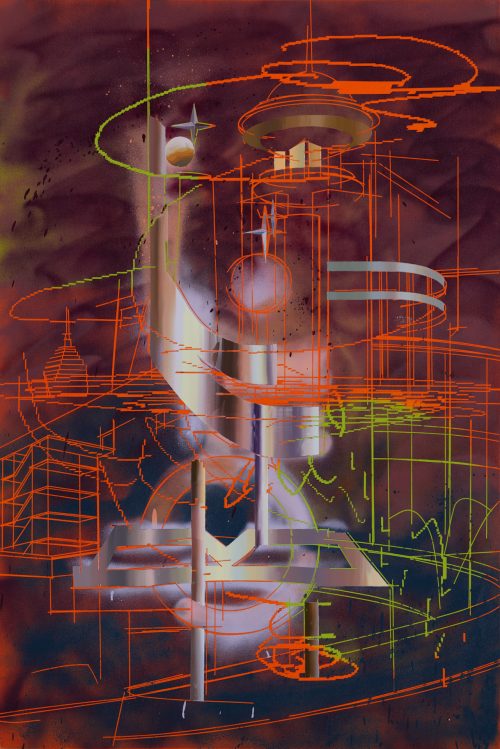
布面丙烯 喷绘
150 x 100 cm
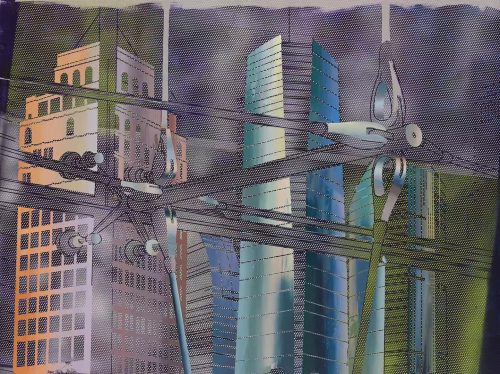
布面丙烯 喷绘
150 x 200 cm
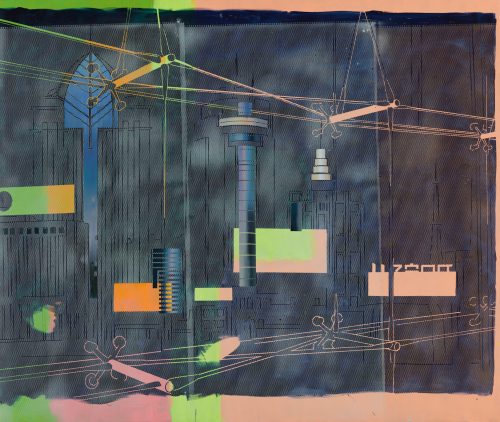
布面丙烯 喷绘
210 x 250 cm

布面丙烯 喷绘
210 x 250 cm
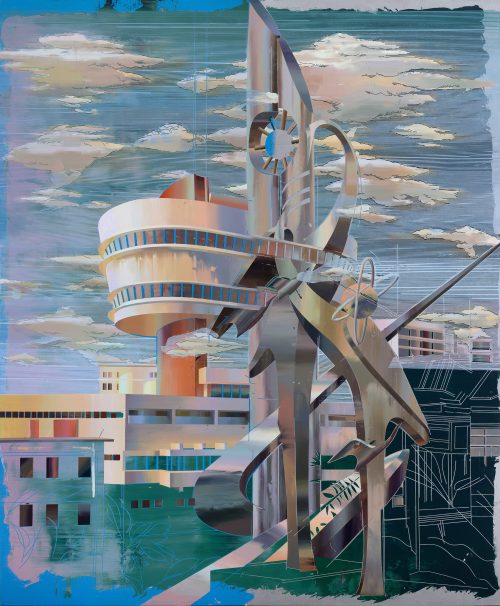
布面丙烯
250 × 210 cm
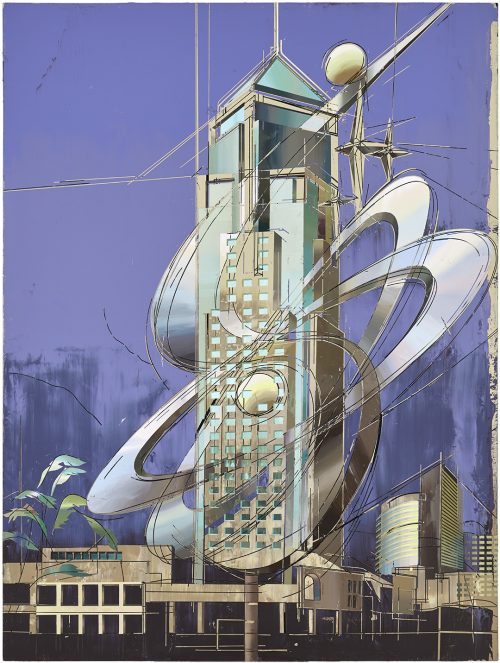
布面油画
200 x 150 cm
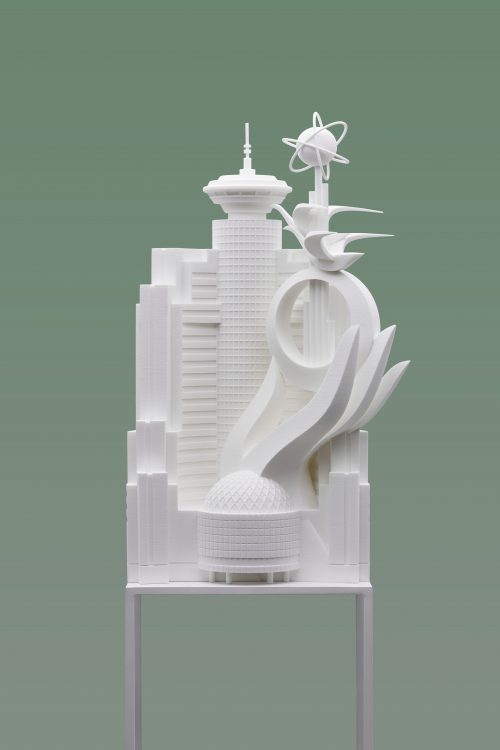
3D 打印
30 × 18 × 45 cm

布面丙烯和喷漆
180 × 250 cm
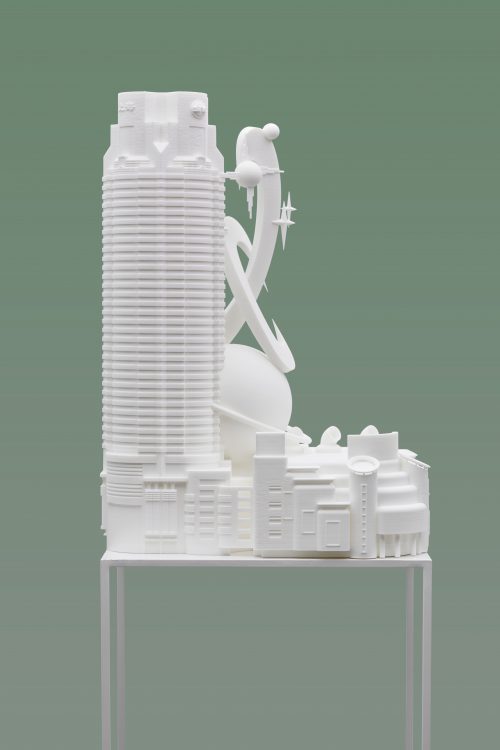
3D打印
25 × 32 × 46 cm
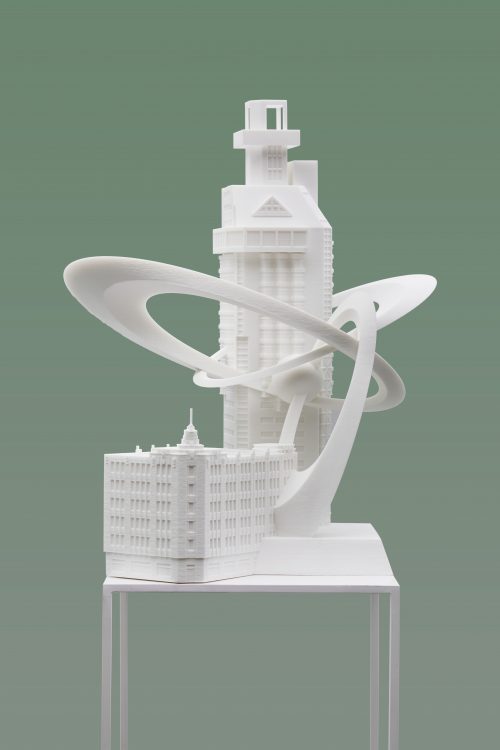
3D打印
38 × 30 × 45 cm
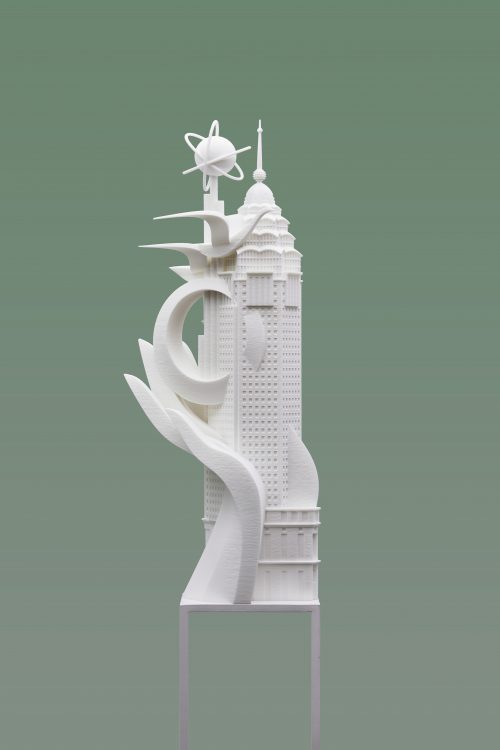
3D打印
20 × 13 × 46 cm

布面丙烯和喷漆
210 × 500 cm
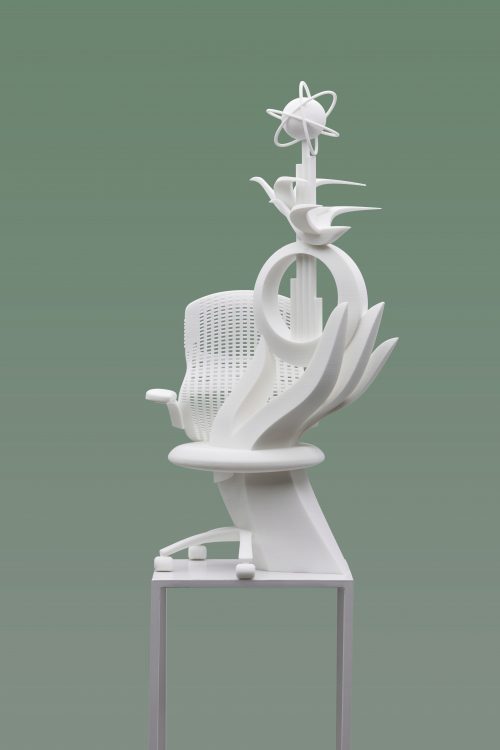
3D打印
23 × 15 × 46 cm

3D打印
19 × 18 × 45 cm
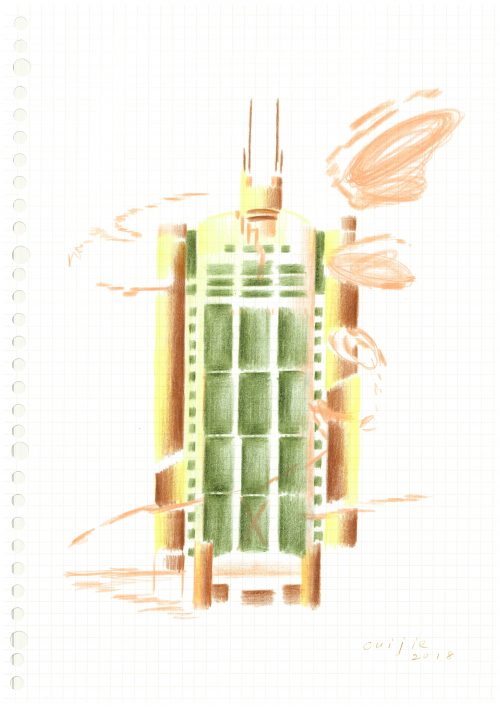
纸上彩铅
36.2 × 27.5 cm

纸上彩铅
36.2 × 27.5 cm

纸上彩铅
36.2 × 27.5 cm
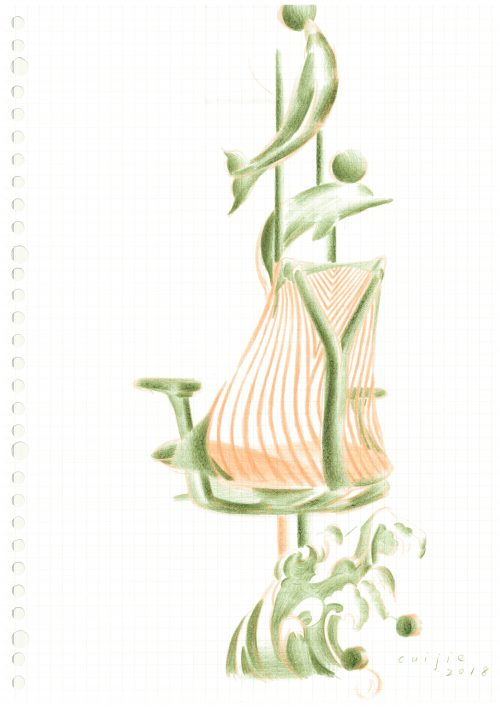
纸上彩铅
36.2 × 27.5 cm
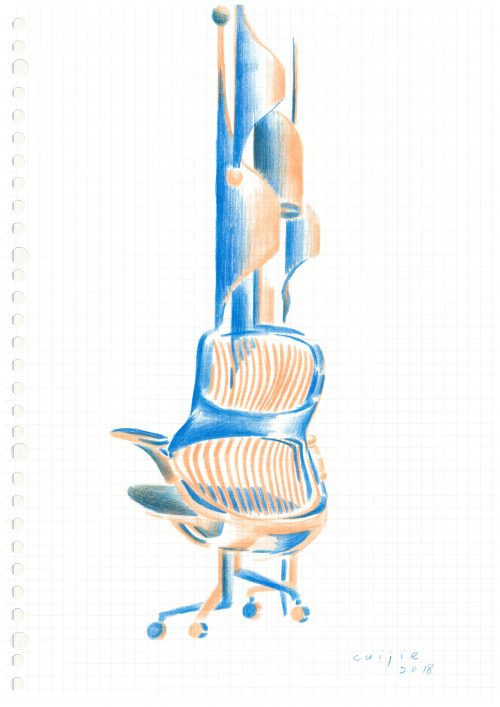
纸上彩铅
36.2 × 27.5 cm

纸上彩铅
36.2 × 27.5 cm

纸上彩铅
36.2 × 27.5 cm

纸上彩铅
36.2 × 27.5 cm

纸上彩铅
27.5 × 36.2 cm

纸上彩铅
36.2 × 27.5 cm
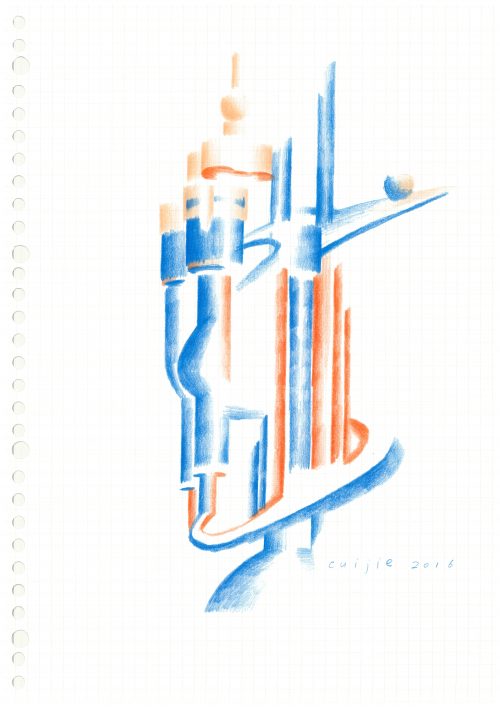
纸上彩铅
36.2 × 27.5 cm

纸上彩铅
36.2 × 27.5 cm
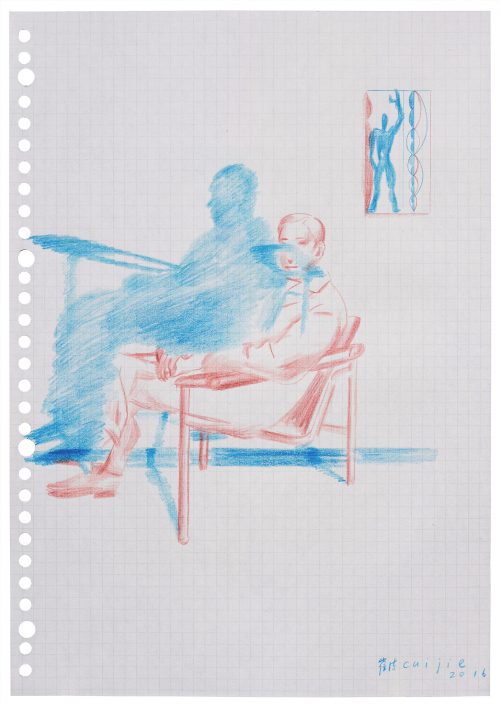
纸上彩铅
36.2 × 27.5 cm
2016

布面油画
160 x 110 cm

纸上彩铅
36.2 × 27.5 cm
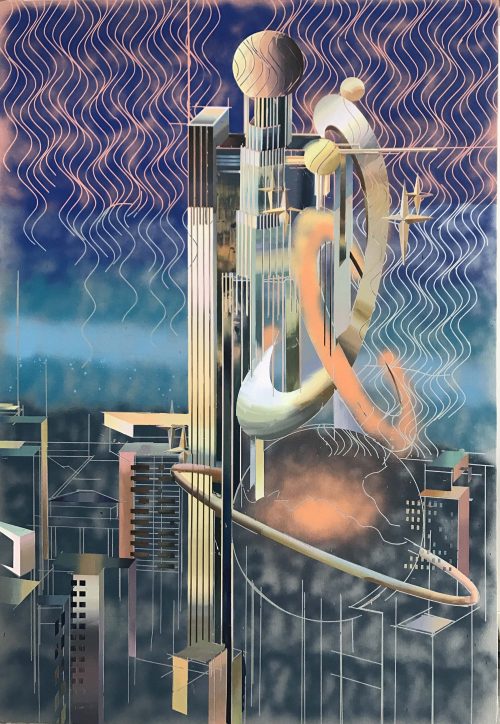
布面丙烯
160 x 110 cm

布面丙烯
250 x 210 cm

布面丙烯
160 x 200 cm
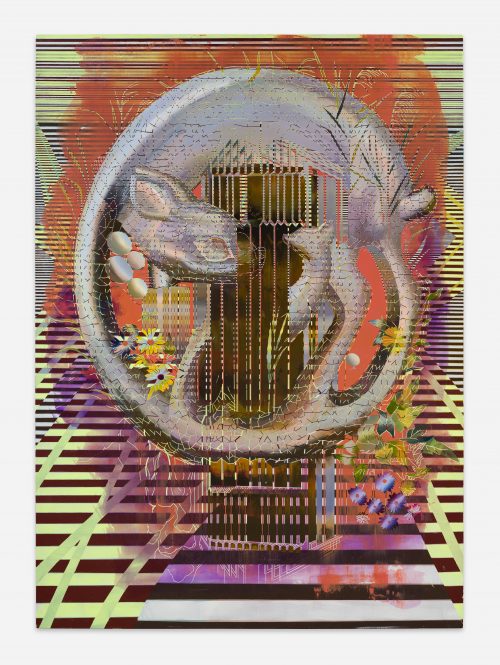
布面丙烯
250 x 180 cm

2023年9月16日至2023年10月25日
策展人:岳鸿飞(Robin Peckham)
参展艺术家:Korakrit Arunanondchai / Dora Budor / Hilo Chen 陈昭宏 / Xinyi Cheng 程心怡 / Cui Jie 崔洁 / Simon Denny / Daniel Dewar & Grégory Gicquel / Buck Ellison / Carolyn Forrester / Owen Fu / Sayre Gomez / Guan Xiao 关小 / Han Bing 韩冰 / Tishan Hsu 徐梯善 / Frieda Toranzo Jaeger / Allison Katz / KAYA (Kerstin Brätsch & Debo Eilers) / Matthew Lutz Kinoy / Josh Kline / Stanislava Kovalcikova / Heidi Lau 刘慧德 / Li Ming 李明 / Yong Xiang Li 李泳翔 / Liu Chuang 刘窗 / Jr-Shin Luo 罗智信 / Nancy Lupo / Mai Zhixiong 麦志雄 / Helen Marten / Alexandra Noel / Peng Zuqiang 彭祖强 / Tara Walters / Evelyn Taocheng Wang 王伊芙苓韬程 / Xie Nanxing 谢南星 / Joseph Yaeger / Yu Honglei 尉洪磊 / Yu Peng 于彭 / Zhao Gang 赵刚 / Zhou Siwei 周思维
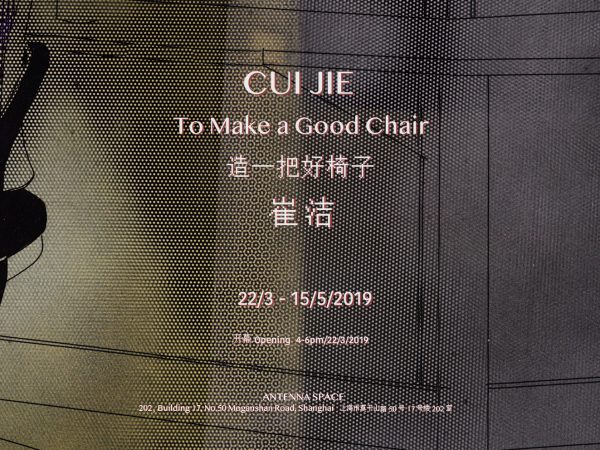
2019年3月22日至2019年5月15日
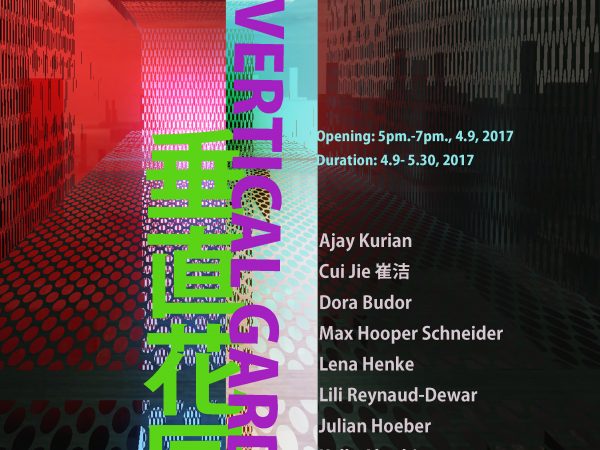
2017年4月9日至2017年5月30日
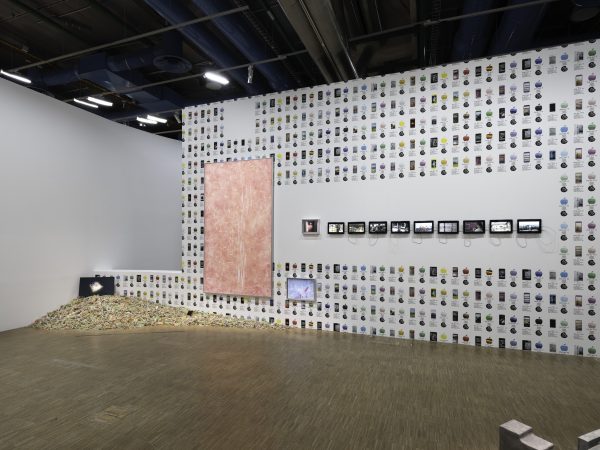
2024年10月9日至2025年2月3日
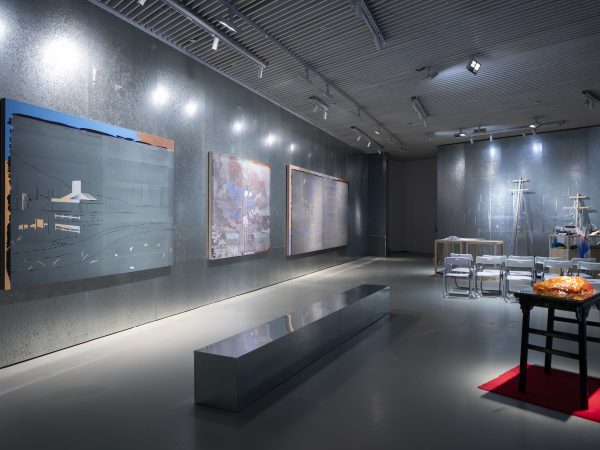
2023年11月09日至2024年03月31日

2023年11月10日至2024年2月25日

2023年9月22日至2023年11月4日
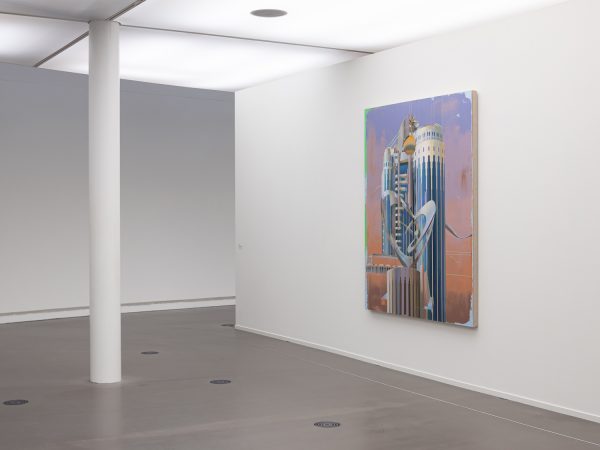
2023年1月28日至2023年6月11日
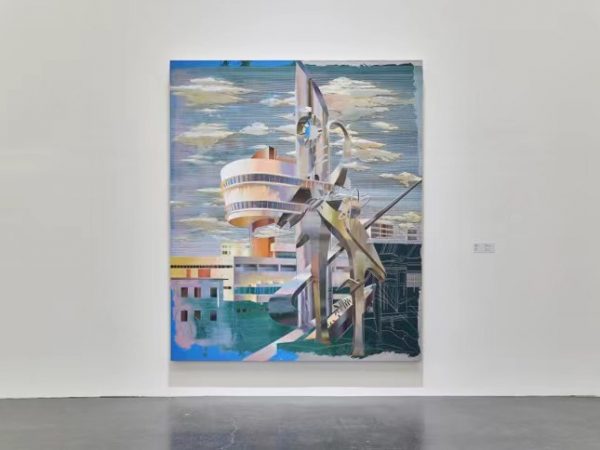
2022年4月16日至2022年8月14日
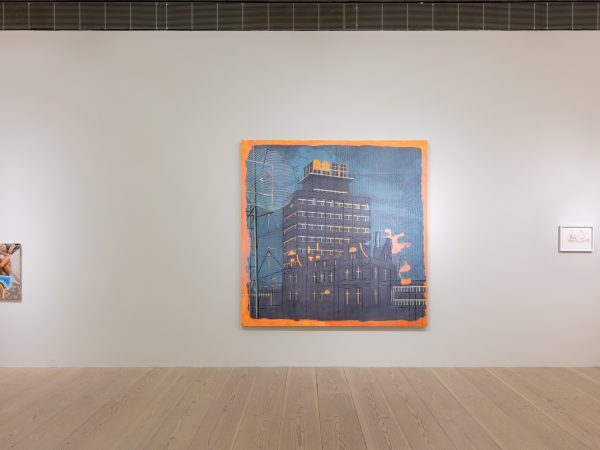
2022年3月6日至2022年6月12日

2021年11月6日至2022年4月4日
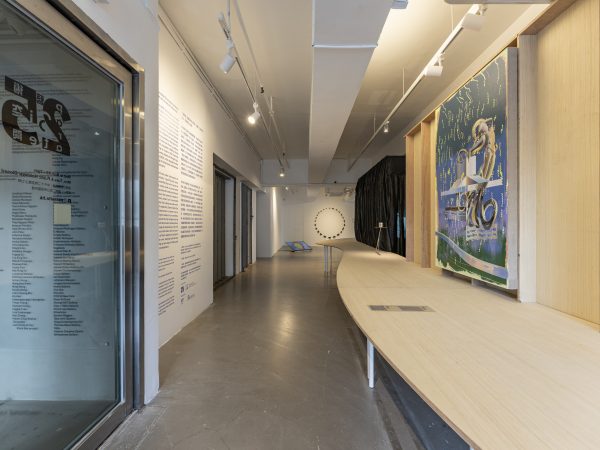
2021年8月14日至2021年11月14日
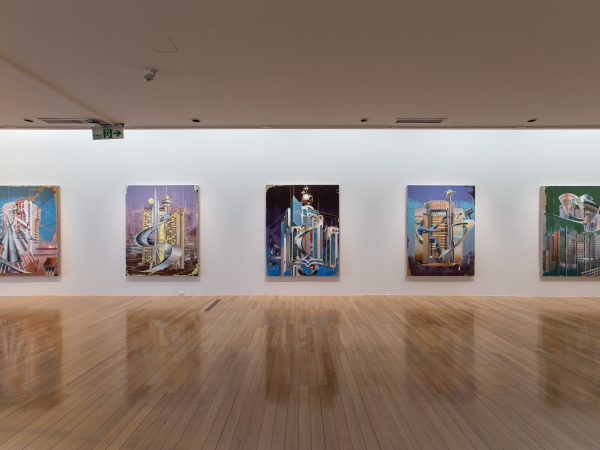
2020年11月21日至2021年3月14日

2020年3月4日至2020年5月18日

2018年7月14日至2018年9月30日
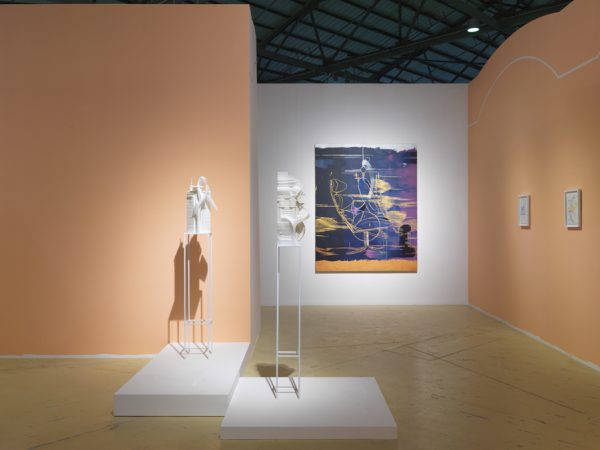
2018年1月20日至2018年4月8日

2017年3月19日至2017年7月9日
2024-春
在城市和历史中往复漫游的近十年里,崔洁的视觉系统逐步成熟。身边的城市街景反复更新,更新反复推进、停滞,而她通过绘画,检阅城市以及在其中的人类生活与其他生态:改革开放时期的高楼建筑和城市雕塑、社会主义早期阶段的居住设施、现代家庭生活方案以及上海本地动植物在不同空间中的历史交换。从穿越都市街头的主观视角,到对二手材料的物质媒介的考察调研,崔洁绘制出西方现代发展模板套用在中国现实时产生的无声龃龉与暴烈冲突,把错置的时间感折入几经覆盖、反复擦拭的画面叠层中。
崔洁感兴趣的并不是建筑,而是 “那些今天已经无处可寻的元素:曾经住在那里的人、社区的生活方式和人们之间的亲密关系。与建筑不同,生活的痕迹很容易消逝”。她的一些作品探讨了社区的愿望和意识形态是如何被我们周围的环境所塑造的。在作品中,曹杨的社会现实主义公共雕像–包括像征服神灵一样举起手臂的织工–与巴塔的建筑融合在一起。在其他地方,巴塔和曹杨的电影院相融合。虽然西方电影和中国电影在政治上是截然不同的,但她指出,”它们都是仪式性的空间,公众将在那里被集体迷惑。我们可以清楚地看到这些雕像的美学功能:它们揭示了理想的恍惚状态”。
Looking at the work of Cui Jie from a northern European perspective, the first error is probably to think you’re seeing some form of lament for a modernist past. That narrative is fairly familiar now, based on a longing for the largest-scale remnants of the material culture of postwar social democracy or state socialism—the buildings they left behind to be inhabited or ruined under neoliberalism.
这种将符号的交换价值彻底开发并加以利用的做法在后现代主义浪潮中极大地打通了艺术与建筑之间的创作壁垒,且与现代主义对纯粹形式的捕捉有所映射。尤其针对城市建设与发展的话题,艺术家与建筑师的身份互动更是把空间的概念推向了一个趋于民主的维度。在这个脉络中,成长于八零、九零年代的艺术家崔洁敏感地把握到对中国城市加速更新与扩张进程产生了深刻影响的各类建筑式样,并深谙如何在自己的绘画与雕塑实践中对这些现代化先例进行选择性的回归,从而触发即刻的近未来体验。她的工作所反映的建筑师思维并不单纯在于对建筑元素的拼贴式规划,而是对表皮自治的技术热情以及对地方错置的模型认知。
Representations of the future always look dated as soon as the future itself arrives. Part of China’s post-1980s generation, the artist Cui Jie makes paintings that continually confound our sense of time in their seeming nostalgia for the future. Set against a metallic sky and often floating above a similarly reflective gridded ground, Cui’s technically exquisite renderings of built forms not only capture a specific typology of urban China’s modernist artefacts; together with her more recent sculptures, they scrutinize the veracity of modernism as an ideology claiming the future. To the artist, who did a residency last year in Tel Aviv, the flawless International Style of the white city is appealing but not all that ‘interesting’. What compels her is precisely the opposite: the seemingly arbitrary, erratic and often jarring juxtaposition of an appropriated modernism against a context that is, in itself, rapidly shifting. Reconstructed amidst the chaos of China’s urban transition, the pristine, future-facing forms of Western modernism read as anachronisms.
公众号名称:天线空间ANTENNASPACE
